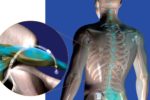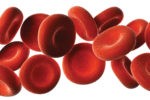What is Physiatric Medicine?

There is no magic to the specialty, it’s a branch of medicine that is constantly evolving.
 AN INTERVIEW WITH C. LAN FOTOPOULOS, M.D., DICKSON-DIVELEY ORTHOPAEDICS
AN INTERVIEW WITH C. LAN FOTOPOULOS, M.D., DICKSON-DIVELEY ORTHOPAEDICS
The debate on whether medicine is an art or science is as old as medicine itself, but is it magic? ‘Mystery, magic and medicine,’ observed Howard Haggard, ‘in the beginning they were one and the same.’ Although doctors and magicians have since parted ways, they both want to leave their ‘client’ better off than when they met. This is Dr. Constantine Lan Fotopoulos’s mission.
Dr. Fotopoulos is an interventional physiatrist specializing in minimally invasive and interventional procedures in the treatment of spinal disorders, including epidural injections, vertebroplasty, kyphoplasty, radiofrequency ablation, spinal cord stimulation and sacroplasty. He has worked for Dickson-Diveley Orthopaedics for over 14 years. With a background as a diver in the US Navy, he also has expertise and certification in hyperbaric and diving medicine. Lan, as he is known to his patient’s, experience also includes: previous Team Physician Kansas City Explorers Tennis Team, previous Team Physician Kansas City Royals Baseball Team, Boxing and Mixed Martial Arts Physician for State of Missouri. In addition to fluency in English and Greek, he has experience speaking Italian, Russian, Spanish and Arabic. He is a modern-day renaissance man, but he doesn’t practice magic, only medicine.
But what exactly is a Physiatrist? Dr. Fotopoulos explained “We concentrate on the rehabilitation of injuries. Brain injuries, Spinal cord injuries, post stroke issues, because of these conditions we specialize in bio-mechanics, muscle and nerve systems, minimally invasive surgeries, rheumatology and neurology. We really have to bring all these disciplines together into a holistic approach.”
Another term for a physiatrist is a Physical Medicine and Rehabilitation (PM&R) physician. Physiatrists treat a wide variety of medical conditions affecting the brain, spinal cord, nerves, bones, joints, ligaments, muscles, and tendons.
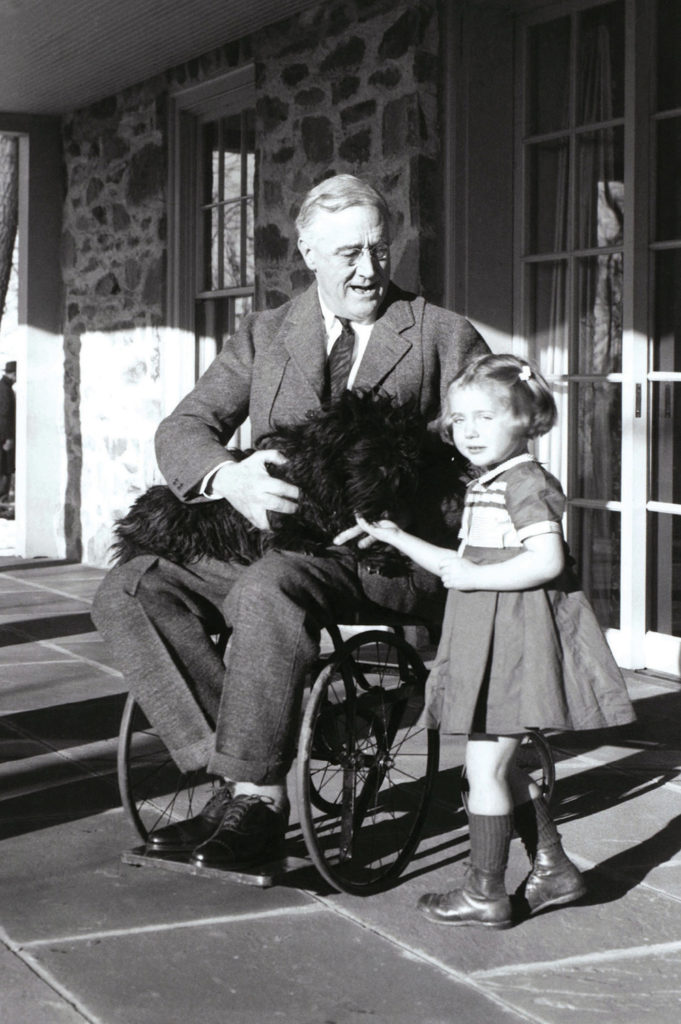
“The history of physiatry has generally been that they treat the patient in an in-patient rehabilitation situation after surgery, traumatic injury or life altering accidents.” Dr. Fotopoulos continued, “If you go back in history to after World War II amputees were coming back home and nobody knew how to treat them. The doctors had to learn this specialty and many of them were treated in a rehab hospital and a myriad number of orthpaedic devices were made for their injuries.”
Dr. Fotopoulos emphasized, “The care of these traumatic injuries from WWII has morphed into what we know today as physiatry, bio-mechanics and physical rehabilitation.” Dr. Fotopoulos continued, “The polio outbreaks that happened during the 1940’s and 50’s in children also contributed to the field of Physiatry.” President Franklin Delano Roosevelt had polio and he discovered the magical, healing properties of the hot springs at the Meriwether Inn in Warm Springs, Georgia. He was desperate to find anything that would help him walk again so he could run for president. He hired physicians and highly trained medical staff that pioneered techniques in the field of physical rehabilitation techniques. The physical therapy techniques that were invented there, such as hydrotherapy, are still used today. The physical therapy techniques helped FDR and he shared his success with thousands of other children who were also afflicted with polio. “Physiatry was born about 70–80 years ago.” Said Dr. Fotopoulos. “From this initial start after the 1940’s to today the natural progression for a physiatrist to treat patients for a variety of injuries and be an occupational person, a specialist in muscoloskeletal medicine, have knowledge in bio-mechanics and so on is what the specialty has evolved into today. Back pain is the most common thing we see.”
When asked why did you become a doctor? Dr. Fotopoulos replied, “I didn’t really have a choice, my Dad was a general surgeon. At one point. I wanted to be a stunt man or a conservationist, even a CIA agent. I respect the position of a doctor, I was raised in the old school of medicine. Believing in the team concept of care.”
Dr. Fotopoulos is also Sports medicine doctor. “I do see a lot of athletes. I have been lucky enough that I used to work for about 8 years with the Kansas City Royals professional baseball team. So, I’m accustomed to taking care of athletes and regular folks who happen to get sports injuries. We also used to take care of the KC Explorers World TeamTennis team and a couple of the minor-league hockey teams in the area.”
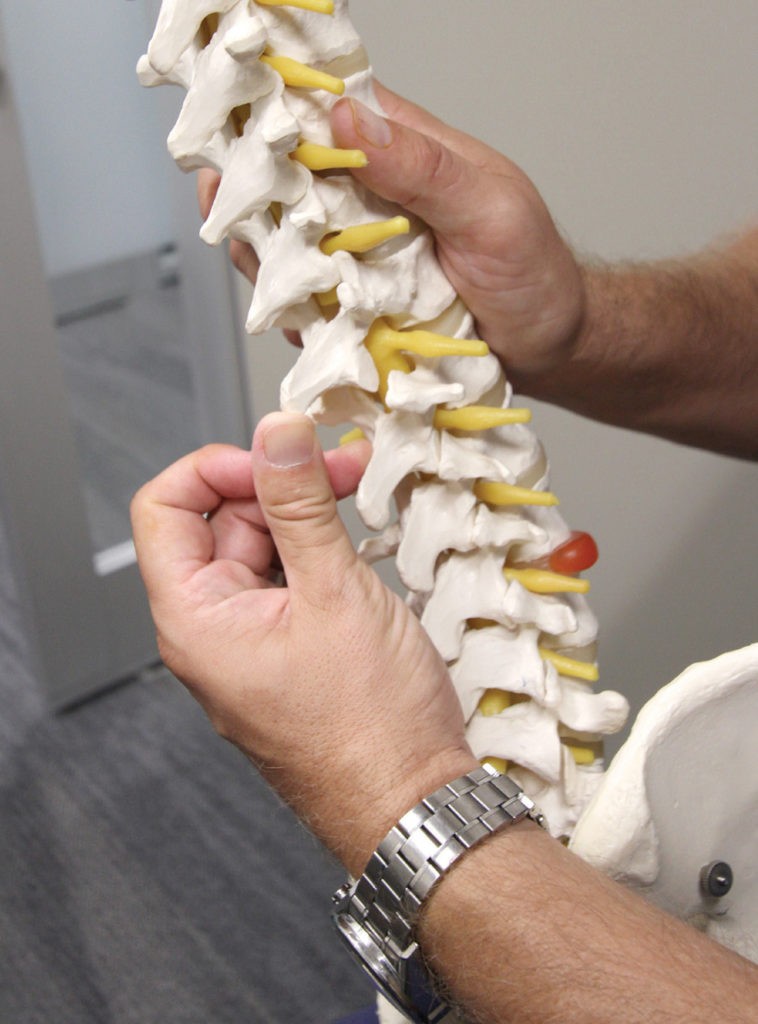
Dr. Fotopoulos emphasized, “When you think about it, a lot of sports injuries are not just sports injuries. Not just baseball players get elbow pain or get a rotator cuff tear. You don’t have to be playing volleyball to tear your ACL or be a football player to have neck pain or a stinger.” Dr. Fotopoulos continued, “That’s the thing with Physical Medicine and Rehabilitation (PMR) and physiatry you see a variety of injuries. Sports injuries happen to regular people and arm-chair athletes too. You don’t have to be working with a jackhammer to get Carpel Tunnel Syndrome. You can get it being on crutches or even using your wheelchair. My job is to help diagnosis the problem and provide rehab solutions.”
One such solution is Vertebroplasty. It is a procedure used to treat painful vertebral compression fractures in the spinal column, which are a common result of osteoporosis. For people with severe, disabling pain caused by a compression fracture, vertebroplasty can relieve pain, increase mobility and reduce the use of pain medication. Vertebroplasty is an outpatient procedure for stabilizing compression fractures in the spine. Bone cement is injected into back bones (vertebrae) that have cracked or broken, often because of osteoporosis. “The cement hardens, stabilizing the fracture. Think of it as putting a cast inside the body to stabilize and support the spine. And the clear majority of people are all but pain-free the next day.”
“There was a time when a person with osteoporosis was treated with bracing and bed rest. We stopped doing that years ago because people started dying from Pneumonia. “For every day of bed rest, they lost 10% of their muscle strength. So, if you are an 80-year old person staying in bed for 10 days or a month can be devastating and it takes a long time to recover.”
Kyphoplasty is like vertebroplasty, but uses special balloons to create spaces within the vertebra that are then filled with bone cement. Kyphoplasty can correct spinal deformity and restore lost height.
Radiofrequency ablation (RFA) is a nonsurgical, minimally invasive procedure that uses heat to reduce or stop the transmission of pain. Radiofrequency waves ablate, or “burn”, the nerve that is causing the pain, essentially eliminating transmission of pain signals to the brain.
Spinal cord stimulation, unlike RFA, is when you use small leads or wires in the epidural space between the vertebrae to send a mild electrical current to the spinal cord. The wires carry the current from a pulse generator to the nerve fibers of the spinal cord. When turned on the device stimulates the nerves in ulses mask the pain signal from reaching your brain. It is a viable treatment option for candidates that have chronic debilitating pain for more than 3 months in their lower back, leg (sciatica), or arm. “Surgery is not always a good idea and this gives us another tool to help the patient and alleviate pain.”
Sacroplasty is when you use a cement that is injected into the sacrum and the sacrum fracture instead of the vertebral body. It is done for insufficiency fractures to reduce pain and improve stability. “You can have a compression fracture with osteoporosis, but you can also break your tailbone.”
On the horizon, there are a couple of exciting new procedures. One is called Vertiflex Superion (for spinal stenosis). It’s a state-of-the-art device in a class of its own in terms of how lumbar spinal stenosis is treated. This procedure involves the deployment of a small titanium device in between one or two vertebrae to alleviate pain and symptoms related to spinal stenosis. “It restores the height of the bone. Literally it’s like a car jack you put between the vertebrae, almost like a spreader that increases the space between the vertebrae.”
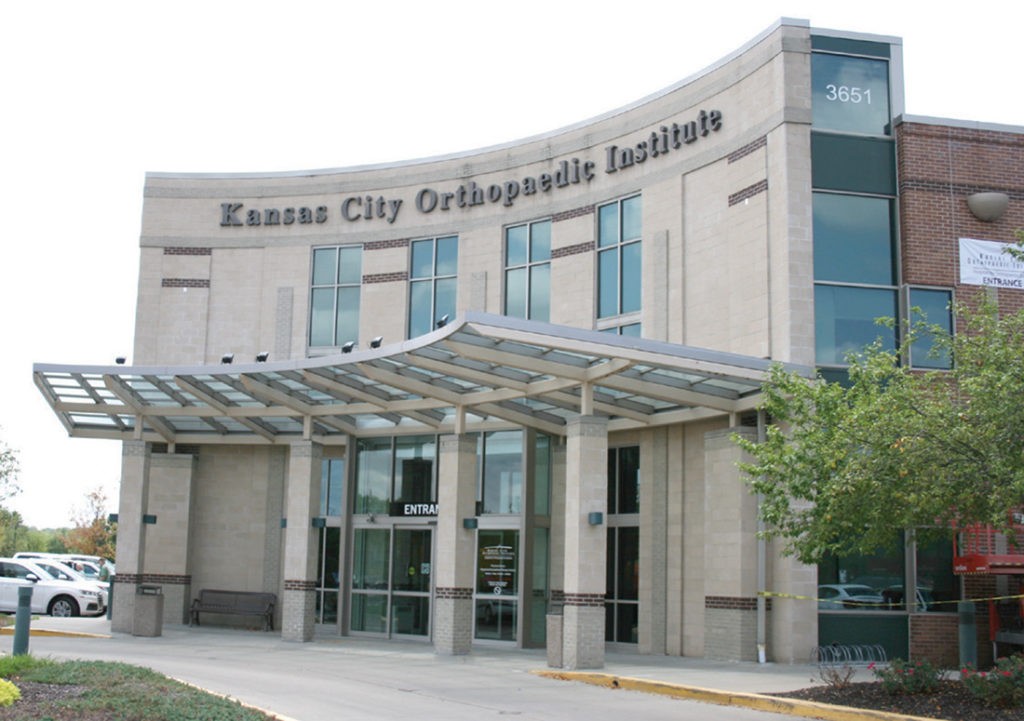
SpineJack® is another new procedure that is intended for internal fracture reduction and fixation directly within the injured vertebral body. To surgically reduce vertebral body fractures created by compression forces, the SpineJack® deploys in a controlled cranio-caudal way, leading to a fracture reduction, while preserving the surrounding bone trabeculae. Once the fracture has been reduced, the SpineJack® maintains the restoration of the fracture.
Dr. Fotopoulos stated “I had a kid who was getting ready to graduate from college, he fell and had a burst fracture on three of his vertebrae. He had a surgery and had to have his vertebrae fused together otherwise he would’ve been paralyzed. A lot of stuff happened and he had no job because of pain, he was living in his mom’s basement and things weren’t looking good. We put the spinal cord stimulator on him and it helped him get better. I saw him recently and now he has his own place, has a good job and a girlfriend. His life has really turned around and so there is some hope for people with chronic pain.”
“As a whole I like talking to my patients. I learn something from them every day. I get to know them and their family. It’s a rewarding job.”

Saint Luke’s Hospital Campus Medical Plaza Building 1, Ste 610, 4321 Washington St., KCMO 64111
and at 3651 College Blvd, Leawood, KS 66211
913.319.7678, ext 3109 | DD-Clinic.com
